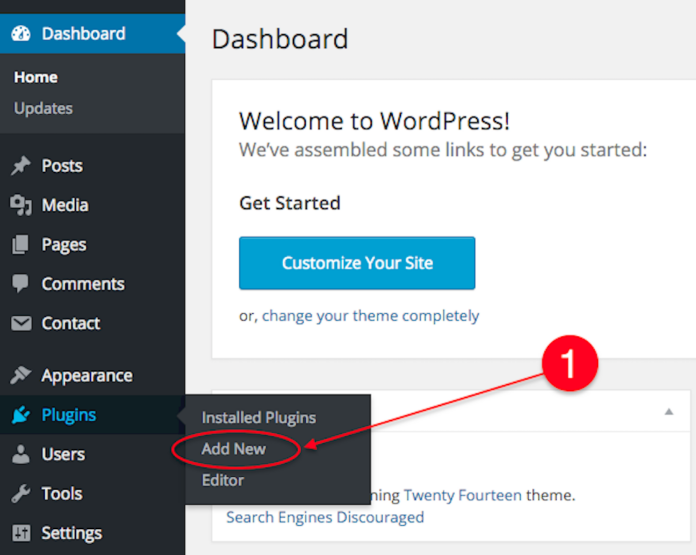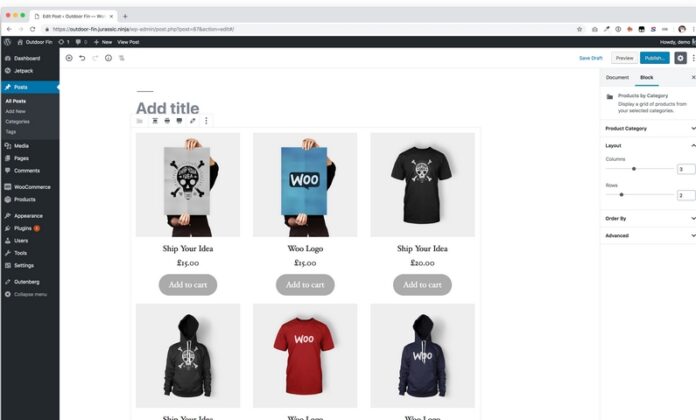When you’re building a WooCommerce site, one of the first things you need to do is find a plugin that will help you get your shop up and running. And if you’re like most people, you probably started adding them as soon as you saw what they could do. But is that really the best way to go about things?
Too many add-ons can lead to complications and confusion. For example, if you have more than 20 activated, WooCommerce will start displaying errors and warnings. And if you have too many active versions (more than two), your site might become unstable.
To avoid this kind of trouble, consider carefully how many you need and how they will benefit your WooCommerce store. Also, keep in mind that adding new features or modifications to a plugin can quickly add up—so don’t go overboard!

The different types of plugins
There are five main types: enhancements, extensions, themes, integrations, and custom post types. Each has its own benefits and drawbacks, so it’s important to choose one that will fit your needs best.
Enhancements are small, simple changes that simply improve the user experience or add new features. Extensions add more complex features and can be used to replace core WooCommerce functions or extend the capabilities of the platform. Themes give you complete control over the look and feel of your store, while integrations allow third-party services to interact with WooCommerce directly. Custom post types let you create custom fields and categories for posts in your WooCommerce store without writing any code.
How to choose?
While all these extensions are great additions for anyone using WooCommerce, some may be better suited for certain businesses than others. It’s important to do your research before installing any add-ons, as not all will work together harmoniously or cause compatibility issues.
Before adding new ones to your site, make sure that you have a clear understanding of the extensions’ function and how it will affect your site. If you aren’t sure whether a plugin is appropriate for your site or not, ask the creator or another experienced web developer.
Once you have determined that a WooCommerce plugin is compatible with your installation, take careful note of the instructions provided with the add-on. Most of them include detailed instructions on how to install and activate them on your website.
It is also important to be aware of the potential side effects of using too many add-ons on your website. By default, WooCommerce uses a predefined set of plug-ins that are designed to improve the performance and functionality of the website. If you decide to add additional plug-ins, these may conflict with one another and cause issues on your site. It’s best to stick with only those plug-ins needed for specific features or functions on your website rather than loading up on all available options.

Tips to keep in mind
If you’re not sure which plugins are necessary or how many are too many, here are some tips to help you decide:
1. Before You Add a Plugin, Check If There’s an Already Existing Solution
First, check to see if there’s an existing solution that can already do what you need. Many times, WooCommerce add-ons already include features that other plugins don’t offer, so it might be unnecessary to install another altogether.
2. Assess Your Site’s Needs
Once you know which plugins are available and which ones will provide the needed functionality, it’s important to assess your site’s needs. Are you looking for a new feature? Is there a specific add-on that should work in conjunction with another one? Or do you just need a general enhancement? Once you have an idea of what you need, it will be easier to decide which plugins are necessary for your site.

3. Use the WooCommerce plugin search function
Another way to find the right plugins is by using the WooCommerce plugin search function. This tool allows you to search for plugins based on specific criteria, such as plugin type, keyword, or functionality.
4. Review the Features and Check the Compatibility
Once you have selected a plugin, it’s important to review its features and make sure it’s compatible with your site. Make sure the plugin works with your current WooCommerce configuration and that it includes all the features you need.
5. Consider Upgrading to New Versions
Some add-ons may include newer versions of their code that are better suited for modern WooCommerce sites. If you don’t upgrade your older plugin, it might not be compatible with the latest version of WooCommerce. Upgrading to a newer version of a plugin can solve many compatibility issues and make your site more robust.

Do plugins slow down WordPress?
Every line of code you add to WordPress will increase your loading times. And all plugins slow down your site, but for some well-built or small add-ons, the performance impact is negligible. Another important thing is to avoid using modules that “do it all”, also known as “Swiss army knife plugins”. They can have a large impact on your website’s performance and can be difficult to troubleshoot if they cause problems.
If you are looking to speed up your WordPress site, there are a few things you can do. First, make sure you are using the most up-to-date version of WordPress. Consider removing any unnecessary plugin files from your website. Make sure you are indexing and optimizing your posts and pages properly. All of these steps will help reduce the load time of your WordPress site.
Conclusion
As a WooCommerce store owner, it’s important to have the right plugins in place to help you run your business efficiently. But how many plugins are too many for your shop? That’s a question that can be hard to answer, as each store is different. However, if you’re feeling overwhelmed by all of the plugins available and don’t know where to start, make sure to think things through Once you have started using a few plugins, you’ll be able to better determine which ones are necessary for your store and which ones could be axed.









